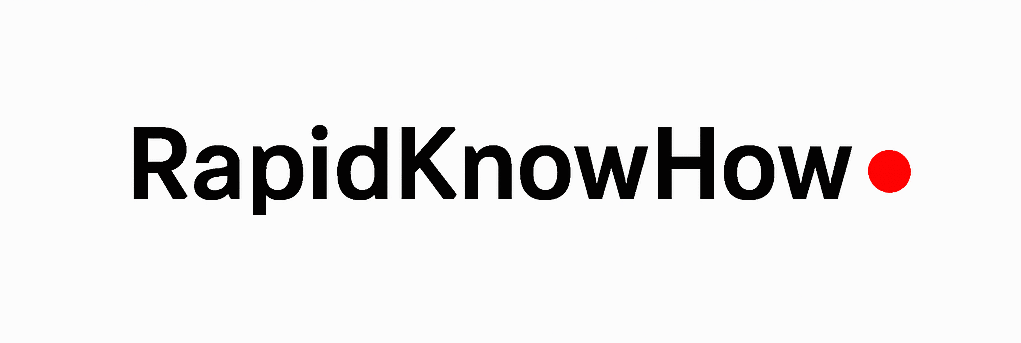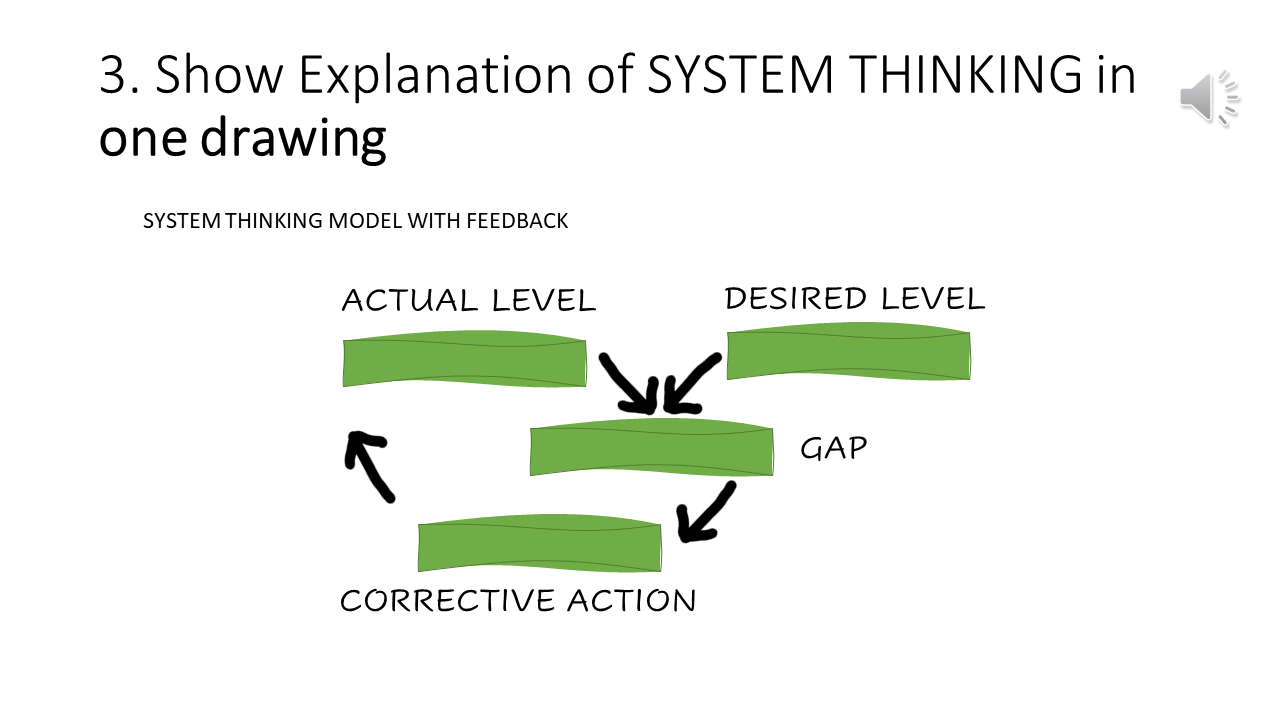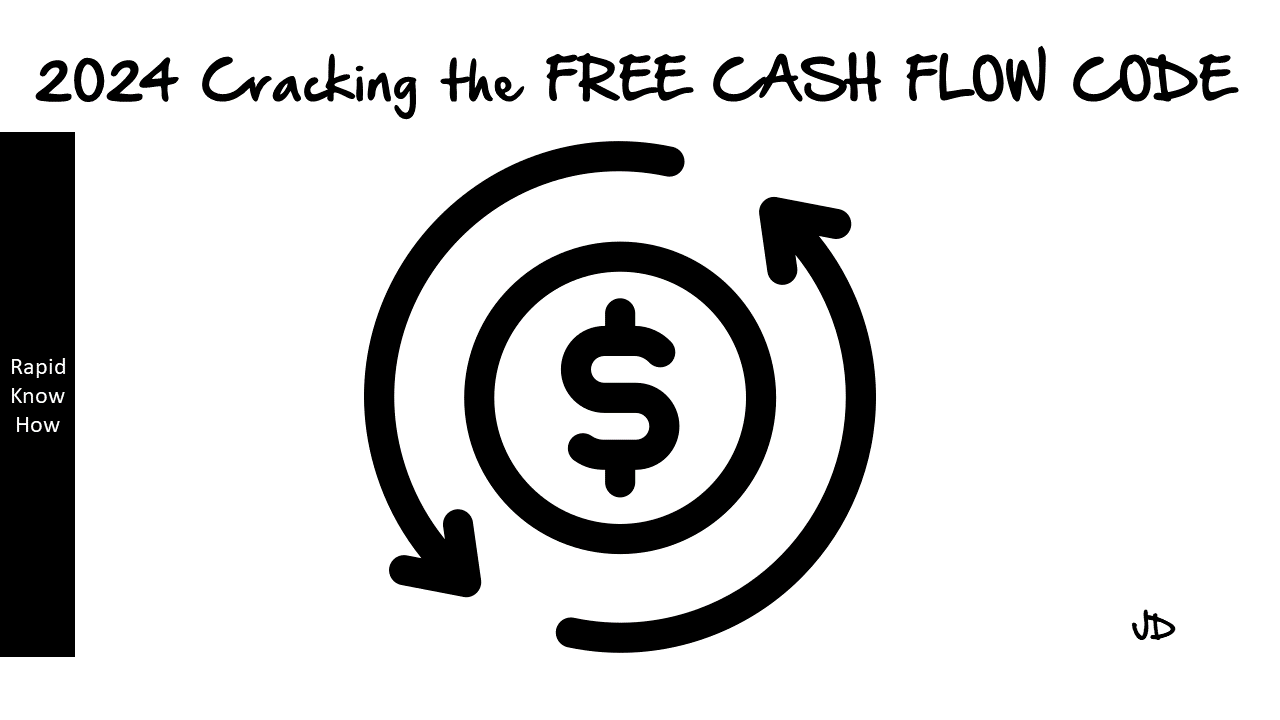⚡ Designing the Future with System Thinking: From Vision to Scenarios
From System Thinking ➝ System Design ➝ System Applications ➝ Future Scenarios
System Thinking
See the whole: stocks/flows, feedback loops, delays, boundaries. Find leverage points. Shift from linear to dynamic cause–effect.
System Design
Purpose → scope → stakeholders → constraints → adaptive mechanisms. Align metrics to ROICE (Innovation, Convenience, Efficiency).
System Applications
Business (BaaS, asset-light), Health (preventive loops), Sustainability (circular), Governance (subsidiarity, resilience).
Future Scenarios
Probe choices under uncertainty. Stress-test designs. Commit reversible moves; keep option value high.
Scenario A: Thriving Ecosystem
Drivers: AI, circular flows, citizen empowerment
Risks: Tech over-reliance, capability gaps
Opportunities: High resilience, sustainable prosperity
Scenario B: Controlled Efficiency
Drivers: Centralized platforms, scale economics
Risks: Low freedom, surveillance, vendor lock-in
Opportunities: High efficiency, globally scalable infra
Scenario C: Fragmented Collapse
Drivers: Climate shocks, geopolitical rivalry, weak institutions
Risks: Value chain breakdowns, instability
Opportunities: Local niches, distributed micro-solutions
Scenario D: Balanced Transition
Drivers: Policy reform, distributed systems, open standards
Risks: Slower progress, coordination costs
Opportunities: Innovation–regulation balance, stable growth
“The future is not something we wait for – it is something we design.
System Thinking reveals the whole, System Design creates purposeful structures,
and System Applications turn ideas into action. Scenarios are not predictions – they are choices.
The path we take depends on the systems we build today.”
RapidKnowHow + ChatGPT | All Rights Reserved 2025
Sharing is Caring! Thanks!




